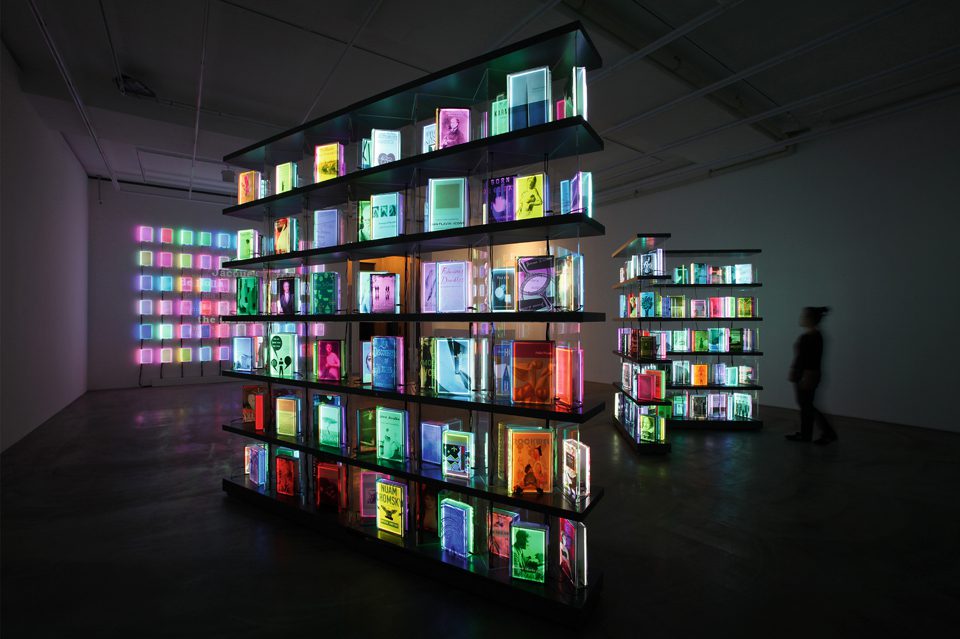Ahead of the Future Now Symposium 2019, Ashleigh Kane, Art & Culture Editor at Dazed Media, expands on the changing nature of arts journalism, including the pitfalls and opportunities that free content offers.
A: Visual media is circulated and consumed within seconds online. How is arts journalism changing in a society of free, accessible content?
AK: There are two sides to this coin – this is great and this is also awful. One of the reasons why this is awful is because a lot of imagery (photography and art) isn’t free and accessible, and it’s not meant to be. It’s just on the internet, and therefore assumed that it’s a free for all. I guess the fact that you can just screenshot and share whatever you want poses a problem to the actual owner of the image. And we are constantly seeing artists fight against this and airing their concerns on social media. One example that comes to mind is artist Polly Nor, whose illustrations were showing up everywhere, but without her credit. They were posted on brand Instagram accounts and turned into memes – taken out of their original context and purpose. You can only imagine how frustrating this can be. We really need to find ways to protect artists and their work, but I don’t have that answer yet.
The flip side here is legitimate free content – for example, the Cleveland Museum of Art just released images of 30,000 works for people to use (for non-commercial purposes). MoMA has done this before, as have other institutions. The beauty here is that you can access these works from wherever in the world. It removes the problem of access and who gets to experience art – albeit the issue of technological access remains. In regards to how this is changing arts journalism, I would say this allows more stories to be told. There are a lot of artists which we can share with our readers because of the constant circulation of images online. For me, it means I might see something on Instagram, jump onto my computer to do some research into the artist, and wormhole into a glorious new realm. There’s a lot more room for people who may have been underrepresented – or not represented at all – to be brought into the light.
A: How can we balance online and print content – bearing in mind the expectations of readerships today?
AK: They have to complement one another. Digital has the ability to be reactive – a story can come up and be written about in a matter of hours … minutes if you’re really quick. In my opinion, print has the freedom to breathe a bit more, to indulge in being timeless. Everything looks so beautiful on a printed page, whereas not everything looks great on a website. It’s a frustration I have when presenting photo stories online. We don’t have the full bleed or the paper quality to fall back on. A lot of the magazines I own I have chosen to buy as an object that I want to keep, collect and archive.
A: How do you view the symbiotic relationship between readerships and editors / journalists when shaping the editorial of a specific brand?
AK: In terms of the relationship between readers and editors, this has, I believe, been made a lot deeper because of the internet. Because of Twitter and Facebook, Instagram, we have a direct reaction to the stories we are posting. We can poll our audience on their thoughts in real-time. I often use Twitter to post writer calls-outs, asking who has an opinion or a speciality on a subject for a piece I’m looking to commission. It’s really opened that dialogue up a lot more. Obviously, there’s a downside, in that some people just want to critique and criticise everything you do, often mindlessly, without reading the stories. But I definitely take into account the feedback and comments we receive on the stories we post.
A: What are you looking forward to speaking about at the Aesthetica Future Now Symposium 2019?
AK: I’m going to be on a panel discussing Arts Journalism in the Digital Age. Hopefully the panel will shine some light onto the processes behind my job, as well as how I commission and curate the stories you see on Dazed Digital.
A: What projects do you have planned for 2019?
AK: I plan to continue the initiative I helped launch with Dazed and Red Hook Labs last autumn, Dazed+Labs. We are teaching free photography classes to young people, aged 13-19, in a youth club in west London once a week. It’s been the most rewarding thing I’ve done. Currently, I’m planning the next term. Continuing to support emerging artists who have been overlooked is important to my vision.
www.dazeddigital.com/user/AshleighKane
Credits:
1. Arian Kang, Installation view of Digital Book Project, 2011.





